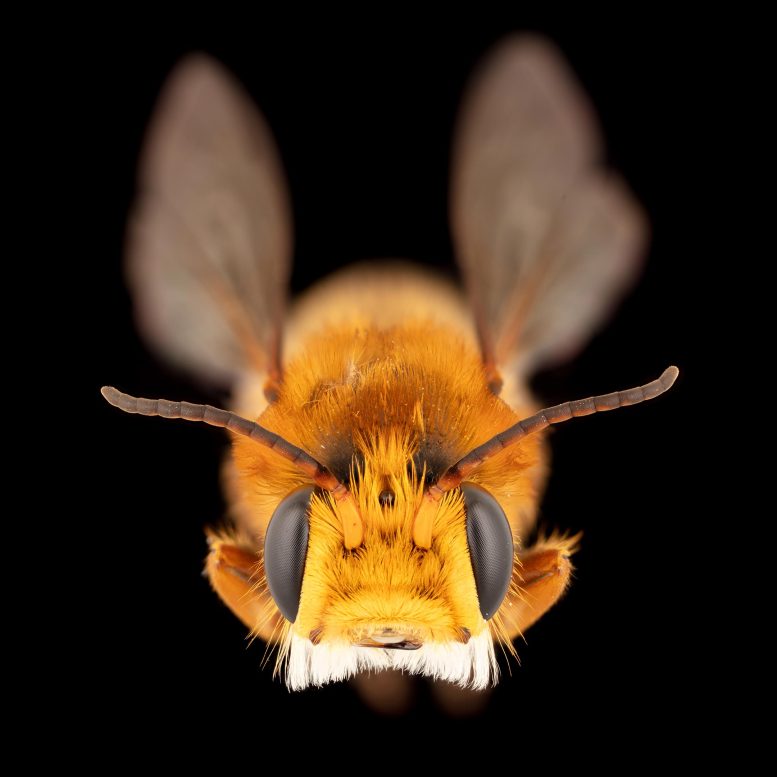
The beautiful and bearded Trichocolletes burnsi is an Australian native bee that is threatened by changing fire regimes, especially following the 2019–20 black summer bushfires. Credit: James Dorey (Flinders University), Copyright James Dorey Photography
BeeBCD aggregates global bee data, aiding conservation and research by improving species data accessibility and accuracy for varied ecological applications.
A powerful new way to fill major gaps in public bee data – including from Africa, Asia, and other under-reported zones – has been addressed with a centralized tool for consolidating bee pollinator occurrences around the globe.
Called BeeBCD, the package outlined in a new article in the journal Nature, brings together more than 18 million bee occurrence records from multiple public and private databases to improve accuracy and accessibility of species data from around the world for future conservation, research, and farming management.
Benefits of the Consolidated Data
The rationalized bee occurrence datasets will help support future plant and crop production – as well as for important scientific communications, says lead author, Flinders University bee expert Dr. James Dorey, in a new article published today (November 2) in Scientific Data, a Nature Research journal.
The new BeeBDC (Dorey et al, 2023) package complements and links to the existing bdc (Ribeiro et al. 2022) and CoordinateCleaner (Zizka et al. 2019) as a new ‘arsenal’ for entomologists and other experts to quickly and reliably mobilize occurrence datasets, he says.
“Simplifying the workflow to use global bee occurrence data has been a big task – and will be foundational for biodiversity analysis, particularly with climate change, land clearance, and pollution leading to rising extinction rates, crop failure, and loss of native plant diversity.”
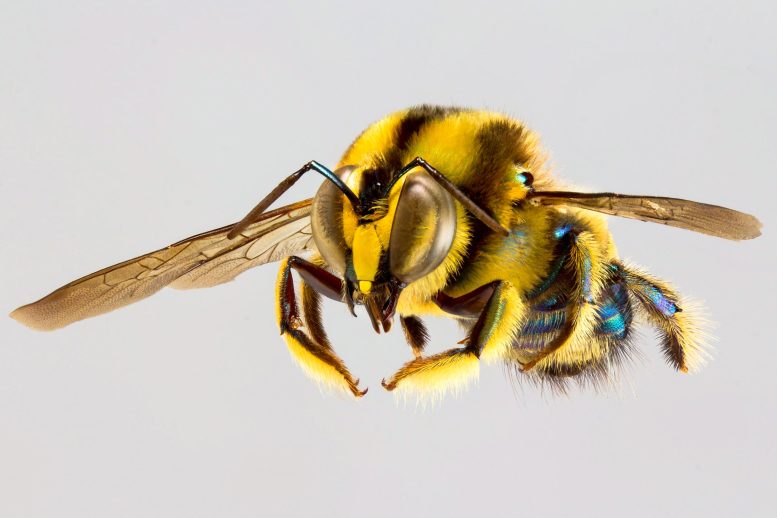
Xylocopa (Lestis) aerata, male. This big and iconic Australian native bee is threatened by habitat destruction and altered fire regimes. Credit: James Dorey (Flinders University), Copyright James Dorey Photography
Global Impact and Research Implications
Dorey explains that “with mounting pressures on pollinating insects and other animals, we hope this ‘democratization’ of a consistent reference point for species occurrence data will be an example for other such projects to follow.
“We already have researchers around the world using BeeBDC and the database to examine important continental and clade-wide questions connected to bee-plant and bee-environment interactions, impacts of invasive species, and broad bee ecology and evolution.”
“The project has already shown that regions with potentially high bee species diversities, such as Asia and Africa, are very under-represented in the data collection, so this central portal could inspire more reporting from these important and under-funded regions into the future.”
The Role of BeeBDC in Conservation Efforts
The US Department of Agriculture (USDA) says native plants as well as more than 100 food crops valued at $US 18 bn grown in the United States depend on pollination, including from more than 4000 species of wild bees. As well as honeybees, the department notes many environmental stressors on both native and managed pollinators including clean air and water, other habitat changes, pesticides, and climate change.
Senior author Dr. Neil Cobb, Director of the US not-for-profit Biodiversity Outreach Network and lead principal investigator of the iDigBees.org project funded by the National Science Foundation, says BeeBDC provides “a significant contribution to address the ‘Wallacean Shortfall,’ by simply documenting where the 20,000+ species of bees occur “so we can begin to understand their evolutionary biogeography and better inform conservation efforts.”
“These services, and many organizations, are helping to bring together science, researchers, and the general public,” Dr. Cobb says. “We need to widen and increase our collective efforts to reduce the impacts of human activities on our environments to improve outcomes for communities around the world.”
Future of Bee Conservation and Research
The authors of the article in Scientific Data hope the new model will enable The International Union for Conservation of Nature (IUCN) Wild Bee Specialist Groups to “spring into the task of assessing and conserving the world’s bee diversity.’”
“The BeeBDC project was inspired by wanting to allow anyone to safely access and use these critical pieces of information, and not just ‘mega labs’ at wealthy institutions,” adds Dr. Dorey.
“Creating this treasure trove of easy-to-access, audited information will now inspire new research into important fields of discovery and encourage better public outreach materials,” he says, also acknowledging community science data in iNaturalist and data aggregators such as the Symbiota Collection of Arthropod Network (SCAN) and Global Biodiversity Information Facility which also encourage understanding of the natural world around us.
Reference: “A globally synthesised and flagged bee occurrence dataset and cleaning workflow” by James B Dorey, Erica E Fischer, Paige R Chesshire, Angela Nava Bolaños, Robert L O’Reilly, Silas Bossert, Shannon M Collins, Elinor M Lichtenberg, Erika M Tucker, Allan Smith-Pardo, Armando Falcon-Brandis, Diego A Guevara, Bruno Ribeiro, Deigo de Pedro, John Pickering, Ken-Lou James Hung, Katherine A Parys, Lindsie M McCabe, Matthew S Rogan, Robert L Minckley, Santiago JE Velazco, Terry Griswold, Tracy A Zarrillo, Walter Jetz, Janina V Sica, Michael C Orr, Laura M Guzman, John S Ascher, Alice C Hughes and Neil S Cobb, 2 November 2023. Scientific Data.
DOI: 10.1038/s41597-023-02626-w
The database project involved experts from King’s College London, North Arizona University, Universidad Nacional Autónoma de México, Washington State University, Smithsonian Institution, University of North Texas, Arizona and California government agencies, University of Kentucky, Universidad Nacional Colombia, Universidade Federal de Goiás (Brazil), Baja California Ensenada Centre for Scientific Research, Discover Centre US, University of Oklahoma, USDA ARS Pollinator Research Units, Yale University, University of Rochester, Universidad Nacional de Misiones (Argentina), Connecticut Agricultural Experiment Station, Staatliches Museum für Naturkunde Stuttgart. Chinese Academy of Sciences (Beijing), National University of Singapore, and University of Hong Kong.
Acknowledgments: The research received support and funding from multiple organizations including the data providers, Biodiversity Outreach Network, the US government, private scholarships, and associated universities.

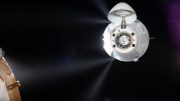

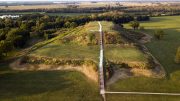
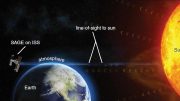


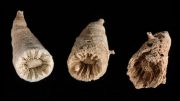

Be the first to comment on "Global Bee Data Gets a Boost: BeeBCD Launches to Fill Scientific Gaps"